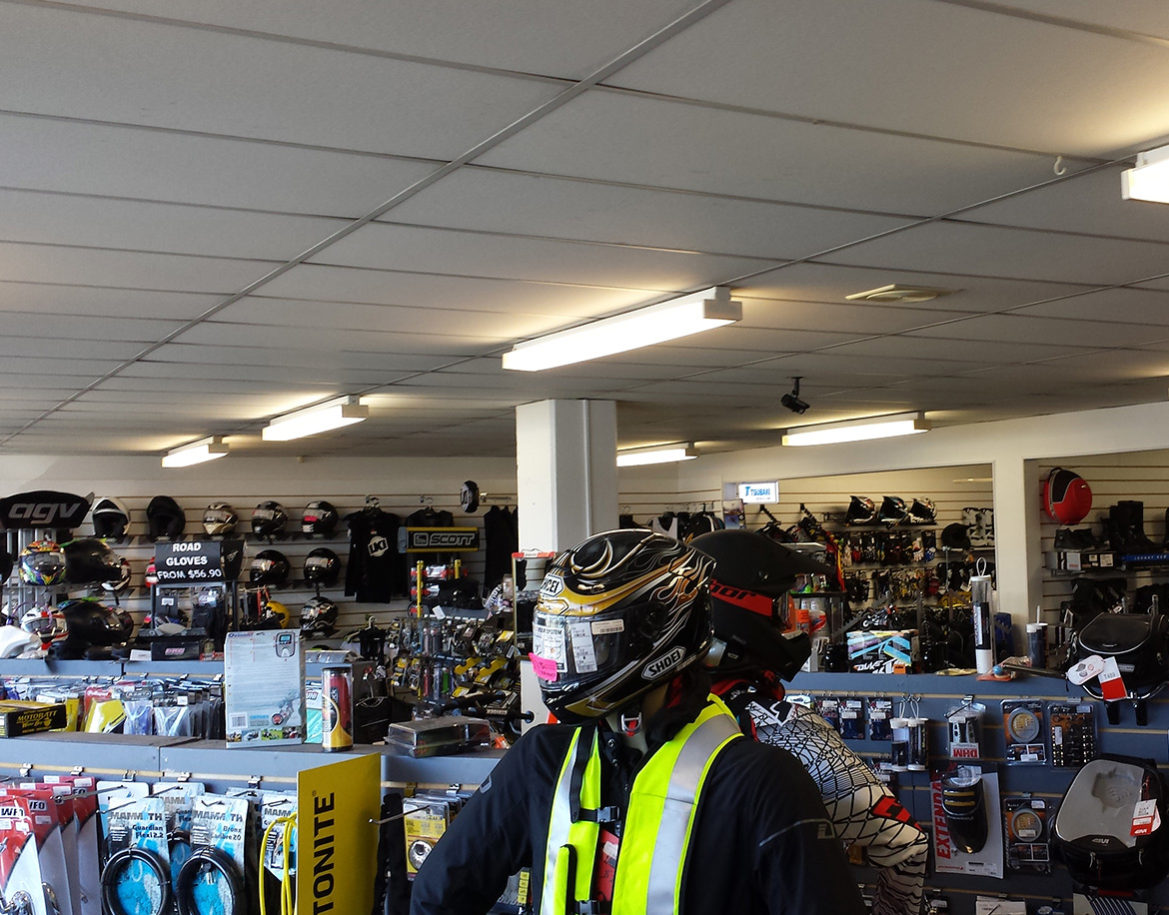Recognizing the Important Parts of a Motorcycle: A Comprehensive Overview for Enthusiasts
For bike fanatics looking to boost their riding experience and ensure their bikes run smoothly, understanding the important elements of a bike is vital. Each element, from the engine's intricate workings to the essential role of the braking systems, not only influences efficiency yet additionally safety and security and convenience.
Engine Parts

The camshaft plays a critical function in controlling the timing of the engine's shutoffs, ensuring the accurate opening and closing required for reliable fuel and air consumption, along with exhaust expulsion. This timing is essential to preserving optimum engine efficiency and efficiency. Additionally, the carburetor or gas injection system, depending upon the motorcycle version, is in charge of blending air with gas in the correct proportion for combustion.
The cooling system, either air or liquid-based, functions to maintain the engine's temperature within operational limitations, avoiding getting too hot and guaranteeing durability - mx parts nz. Each element, thoroughly designed and incorporated, adds to the seamless operation of the engine, specifying the motorbike's power output and overall efficiency
Transmission System
Important to the motorbike's performance, the transmission system ensures efficient power transfer from the engine to the wheels. This system comprises numerous critical parts, including the clutch, gearbox, and last drive, each playing an essential duty in converting the engine's power into motion. The clutch, commonly run by a hand bar, offers to engage and disengage the engine from the transmission, enabling smooth gear changes and regulated velocity.
The transmission, commonly described as the transmission correct, contains a set of equipments that cyclists can manually change with to change the bike's speed and torque outcome. These equipments are set up in a sequence that allows the bike to speed up efficiently and maintain optimal engine performance across various rates. The majority of motorbikes make use of a consecutive gearbox, requiring the biker to move gears in a predetermined order.
Braking Mechanisms
While understanding the transmission system is key to utilizing a motorcycle's power, just as important is the ability to regulate and stop that power efficiently, which is where stopping systems enter play. Brakes are vital for security and performance, offering the biker with the required control to navigate numerous surfaces and problems. Typically, bikes feature two kinds of braking systems: disc brakes and drum brakes.
Disc brakes are more prevalent in contemporary bikes due to their premium performance. This system uses far better heat dissipation, constant efficiency, and enhanced stopping power, specifically in wet problems.
On the other hand, drum brakes, though much less common, are still located in some motorcycles. They work by pushing brake shoes versus the internal surface area of a drum affixed to the wheel. While normally much less reliable in heat dissipation and stopping power, drum brakes are less complex and more economical.
Comprehending these stopping systems' nuances allows motorcyclists to maintain their motorbikes effectively and value the design that guarantees secure and effective stopping.
Suspension and Guiding
Suspension and guiding systems are vital components that dramatically affect a motorcycle's handling and adventure convenience. The suspension system, including forks at the front and shock absorbers at the rear, absorbs road irregularities, improving stability and control. Front forks, usually telescopic or upside down, compress and rebound to alleviate influences, while back shock absorbers preserve tire call with the roadway, essential for grip and safety and security.
Guiding, focused around the handlebars, links the biker to the motorbike's directional control. The steering head bearings make sure smooth operation, enabling specific ability to move. Appropriate alignment and upkeep of these bearings are crucial for foreseeable guiding action and lowering biker tiredness.
The suspension's adjustability is one more critical aspect; preload, damping, and rebound setups enable customization to match numerous riding conditions and designs. This flexibility is necessary for enhancing performance, whether navigating metropolitan streets or taking on tough trails. Technologies browse around this site like digital suspension systems supply real-time modifications, enhancing ride high quality across varied surfaces.

Electrical Systems
After making certain a smooth and controlled ride via reliable suspension and steering systems, interest transforms to the electric systems, an essential aspect of contemporary bikes. These systems play a vital function not just in beginning the engine however also in powering numerous components that improve the functionality and safety and security of the bike.
At the heart of a bike's electrical system is the battery, which shops electrical power necessary for starting the engine and powering complementary systems - motorcycle shop. The alternator or generator, paired with the rectifier-regulator, guarantees the battery stays billed while the motorcycle is in operation, converting mechanical energy into electric power and maintaining voltage levels
The ignition system, one more critical part, is responsible for igniting the air-fuel mix in the engine's cylinders. Modern motorbikes often make use of an electronic ignition system, using better efficiency and reliability compared to conventional systems.
Illumination systems, consisting of fronts lights, tail lights, and indications, are also important, guaranteeing presence and safety for the biker. Additional electronic parts such as sensing units, control systems, and displays add to advanced functions like fuel injection management, anti-lock braking systems (ABS), and electronic dashboards, even more enhancing the riding experience.
Verdict
A detailed understanding of a motorcycle's important elements, including the engine, transmission system, stopping systems, suspension, guiding, and electric systems, is crucial for lovers aiming to maximize performance, safety, and comfort. Proficiency of these components permits for educated decisions here relating to upkeep and upgrades, ultimately boosting the riding experience. By integrating this youth dirt bike riding gear expertise, riders can guarantee their motorbikes operate at peak performance and dependability, therefore making best use of both enjoyment and long life of their lorries.
For motorbike enthusiasts looking to elevate their riding experience and ensure their bikes run smoothly, recognizing the vital parts of a bike is extremely important.Integral to the motorbike's capability, the transmission system makes certain effective power transfer from the engine to the wheels.While recognizing the transmission system is key to taking advantage of a bike's power, similarly essential is the capacity to manage and quit that power efficiently, which is where stopping mechanisms come right into play. Usually, motorcycles include 2 types of stopping systems: disc brakes and drum brakes.
A detailed comprehension of a motorcycle's necessary components, consisting of the engine, transmission system, stopping devices, suspension, guiding, and electric systems, is indispensable for lovers intending to maximize security, performance, and comfort.